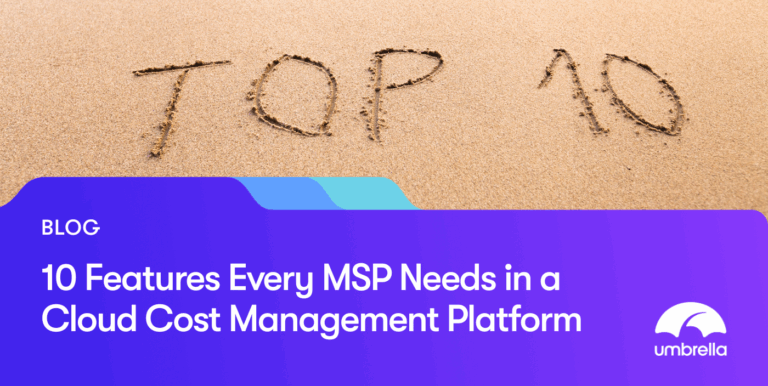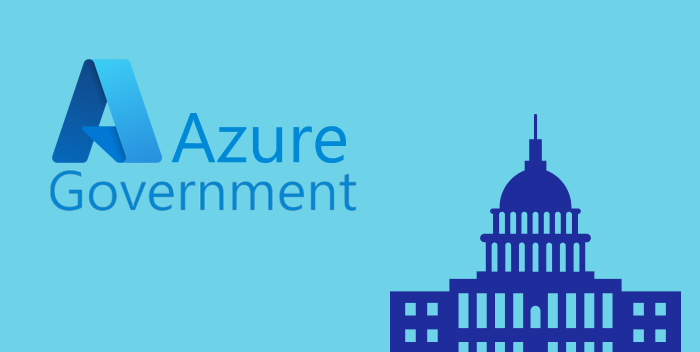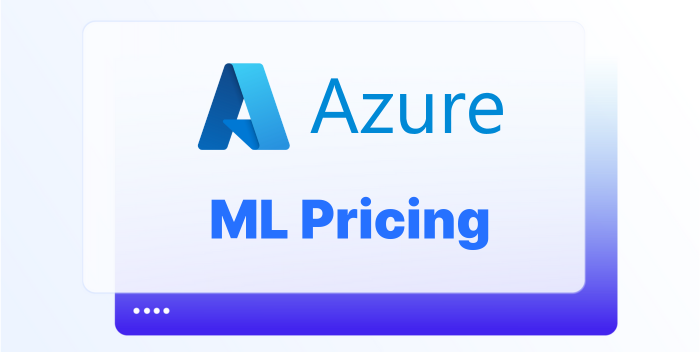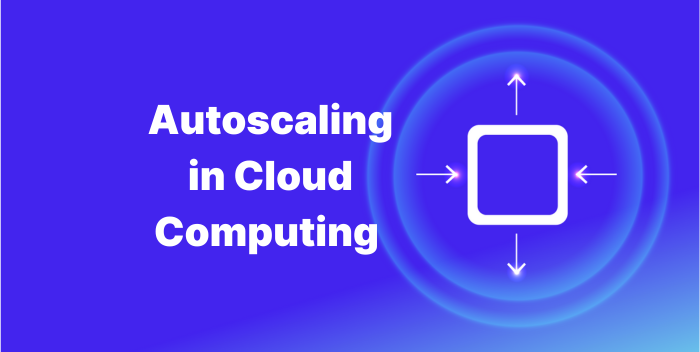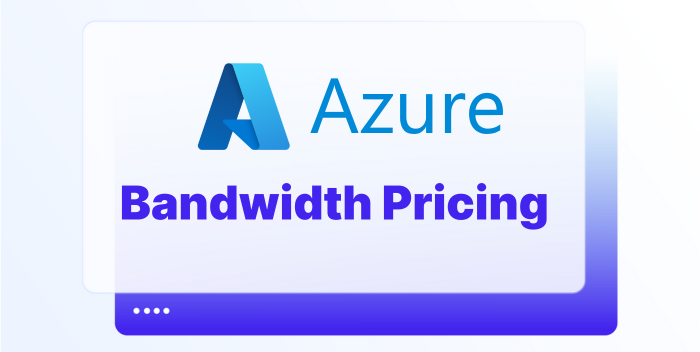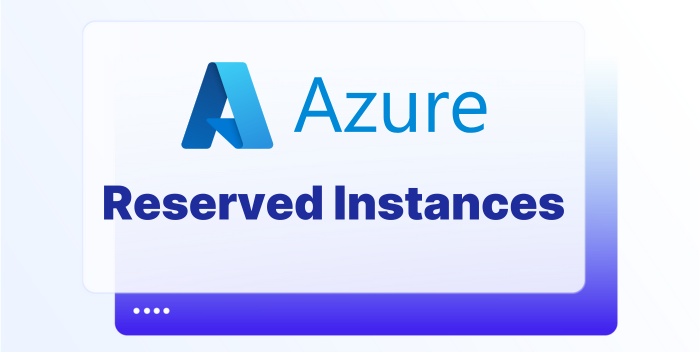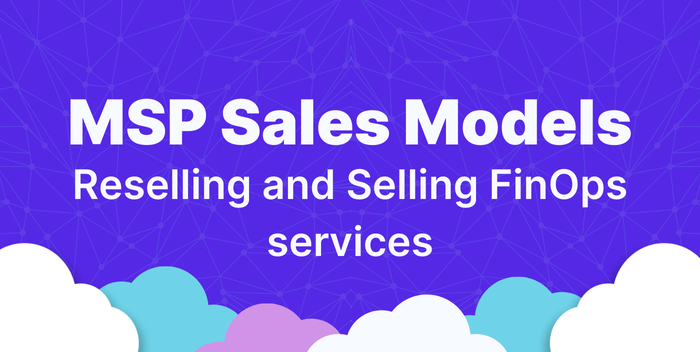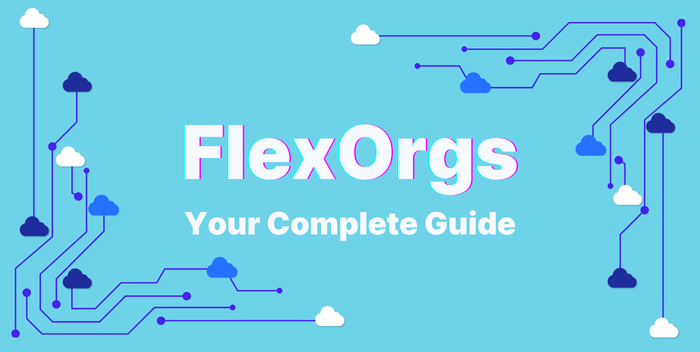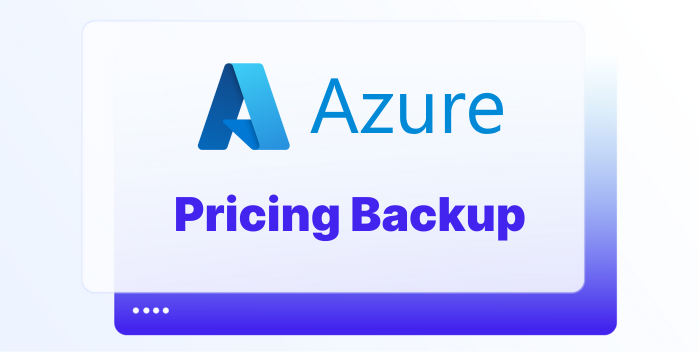Blog Post
7 min read
What is Azure Government? A Complete Guide for U.S. Government Agencies in the Cloud
Every government – especially the U.S. government – needs secure cloud space. And there is no better way to get guaranteed security and compliance-ready services than through Microsoft Azure Government's world-class cloud offerings.
But what is Azure Government? How does it work? And, most importantly, will your organization qualify to reap the benefits?
Let’s take a closer look at Azure Government, the differences between this offering and regular Azure, the benefits you can expect, what regions can use this service, and how you can optimize your cloud performance.
In this article:
What is Azure Government Cloud?
What are the benefits of Azure for government?
What are Azure Government regions?
Should you migrate to Azure Government?
Already a User of Azure? Umbrella Can Help Manage Cloud Cost and Eliminate Cloud Waste
What is Azure Government Cloud?
[caption id="attachment_16365" align="aligncenter" width="512"] Source: Microsoft[/caption]
Azure Government Cloud is a version of Microsoft Azure, a GovCloud-like offering made specifically for the U.S. government, federal, state, and local agencies and their contractors. It's Azure's version of AWS GovCloud, basically. All are government-specific managed service providers, or MSPs. With Azure Government Cloud, you can store anything from cloud data for the Department of Justice to a state department.
Since Azure Government offers an IaaS (Infrastructure as a Service), PaaS (Platform as a Service), and SaaS (Software as a Service) cloud model system, there can be some confusion about how each type differs from the others.
For instance, Azure Government customers can expect higher security and data protection than standard Azure offerings. Azure Government also has contractual commitments regarding data storage, and access to Azure Government is restricted to screened U.S. citizens. Let’s look at the differences between Azure Government and Azure Commercial below.
Azure Government vs commercial
The most significant difference between Azure Government and a regular Azure is that it’s a sovereign cloud. This means it’s physically separated from Azure and meant for the U.S. government only.
As we mentioned above, there are many other smaller differences as well. Azure Government offers the much-needed benefit of added security. It also requires all customers to undergo an eligibility process to determine whether they meet the requirements to utilize Azure Government.
The development environment is primarily the same, but the security, compliance, and operational procedures for deployment might differ due to the unique regulatory needs of government data. Since Azure Government can be very location-specific, you’ll want to carefully review the rules for your region before starting work. The most important thing to remember is that all areas are within the US. But don’t worry! We’ll go into more detail on the different regions in a little bit.
What are the benefits of Azure for government?
The obvious pro of Azure Government's massively superior security offerings aside, here are some other benefits to enjoy:
Disaster recovery: Azure Government offers Site Recovery in case of disaster so you can fully recover your tech stack, all without the cost of a secondary infrastructure.
Secure backup and archives: Azure Government offers Azure Backup, Azure Storage, and to ensure your peace of mind in keeping your data secure.
Data and analytics: Analyze real-time data changes to improve customer experience.
Development and test: Azure DevTest Labs is a service that helps agencies quickly create development and testing environments, allowing for experimentation without impacting production environments.
Networking: You'll have access to networking services that help you load balance traffic, autoscale, monitor back-end poorl, and more with tools like Azure Load Balancer, Azure Virtual Network, Azure ExpressRoute, Azure VPN Gateway, and Azure Application gateway.
Since Azure Government is separate from Azure, it can operate with its own network. There are eight regions in the US, two of which include U.S. Department of Defense (DoD) Impact Level 5. You can expect data replication for all regions and connection via private dark fiber.
[caption id="attachment_16366" align="aligncenter" width="540"] Source: Microsoft[/caption]
You'll also have access to networking services like VNet service endpoints for SQL, Network Watcher, and Azure storage.
Azure Government makes it easier for government agencies to bring their tech stack to the modern era. You’ll finally get cloud software you can trust to protect citizen and personnel data.
What are Azure Government regions?
Azure uses paired regions to provide geo-redundant storage.
Paired regions are typically used for disaster recovery and geo-redundancy to ensure you always have coverage. The regions are usually physically far apart to reduce the risk of both areas being impacted by a single disaster. Disasters aside, paired regions mean that you don't have to worry about downtime during an update since usually only one part of a region is updated at a time.
Here are the primary and secondary region pairings used by Azure Government:
Geography
Regional Pair A
Regional Pair B
US Government
US Gov Arizona
US Gov Texas
US Government
US Gov Virginia
US Gov Texas
In other words, if you choose Regional Pair A, your data will be stored in Arizona and Virginia in the U.S. This will ensure that if there is an outage in Virginia, you can continue to operate in Arizona. Or, if your systems require updates in Arizona, you don’t need to worry about downtime and can operate as usual in Virginia.
Should you migrate to Azure Government?
Is it worth migrating to Azure Government?
Suppose you're a government, federal, or state organization seeking enhanced cloud security and compliance support, and you're already an enthusiastic user of Azure. In that case, it may be a good fit for you. If you’re new to Microsoft Cloud, your decision will largely depend on your readiness to handle migration and whether you have a capable team to navigate the learning curve.
Already a User of Azure? Umbrella Can Help Manage Cloud Cost and Eliminate Cloud Waste.
What is the most significant limitation behind Azure? A limited view into how Azure pricing works. Sure, you'll have data and analytics on how your dollars are put to work, but there's always some mystery behind how exactly the money goes into the cloud and services come out.
There's an easy solution to ensure your budgets are fully optimized for the cloud. Third-party tools like Umbrella can provide more granular insights and proactive recommendations to really impact your Government cloud spending.
How do we do this? Putting all of your cloud data in one place so you can look back up to 24 months allows FinOps teams to spot trends, seasonal usage patterns, and potential inefficiencies. This allows you to pinpoint how even the smallest changes affect your cloud budget, meaning no gaps are overlooked.
The best part?
Umbrella is made for multi-cloud data management. So, if you’re juggling multiple cloud platforms and cycling between a dozen different dashboards, you can rest easy. We put all that data in one place with customizable, easy-to-understand consoles.
We’ve made it our mission to make cloud cost management tools our specialty. Umbrella has been demystifying cloud costs for FinOps organizations for years. Our mission is to make your overspending our enemy. With our automated anomaly detection, AI-powered feedback, and next-level forecasting data, you can start cutting costs without ever lifting a finger.
Want a proof of concept? Talk to us to learn how much you can save with Umbrella’s tools.
Read more
